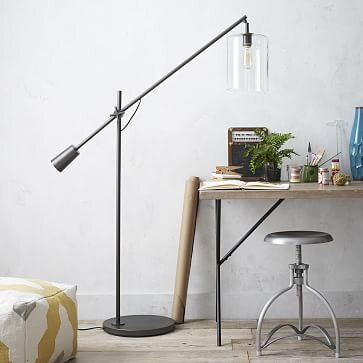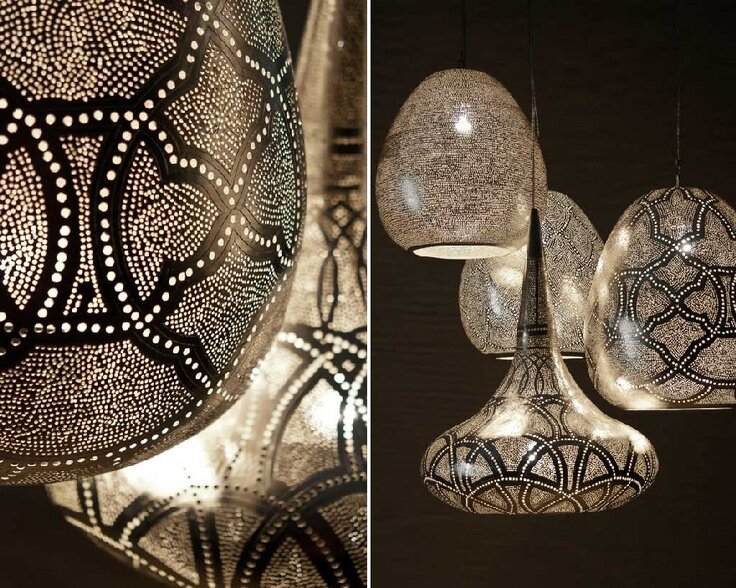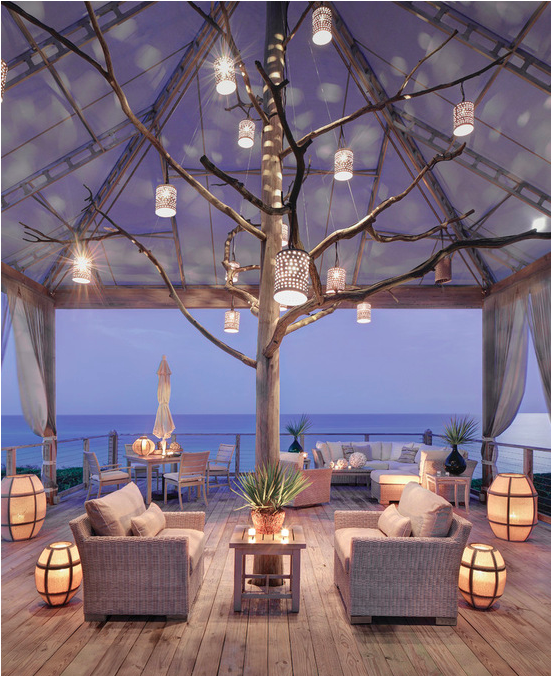Let there be Light
Gone are the days of a single light bulb in the center of the room!
Lighting has become incredibly sophisticated in recent decades, with more people moving towards automated lighting systems and with light bulbs themselves being upgraded substantially from the inefficient halogen bulbs to the long-ife, more environmentally friendly LED’s.
There are a few rules of thumb to creating the perfect lighting in your home or business –
1. You should have a mix of light sources at different levels to create a flattering ambience when entertaining and relaxing
2. You need appropriate task lighting for whatever you do in that space - whether it be reading, cooking or getting ready for a night out
3. If you have amazing furniture items, artwork or architectural pieces, use some accent lighting to get them noticed!
The Art of Lighting Design
All rooms need a variety of lighting: ambient or background lighting, task lighting for close-up work or accent lighting to highlight special features. You can always update a room and improve the atmosphere with good lighting; equally, nothing makes a room feel dated and unwelcoming like bad lighting.
Think about how you will be using the room before you start to decorate. What is the main purpose of the room? Where will your furniture items go? Who will be using the space?
Ambient Lighting
Use a combination of table lamps and floor lamps, some with a downward glow and some that shine upward. Allow for reading in as many seats as possible. You can install floor sockets underneath tables or free-standing furniture, to avoid unsightly cords.
Recessed ceiling lighting will offer a soft glow to create a romantic mood in your space. General lighting such as downlights are used to adequately light every room as required, but put these lights on dimmers to enable you to change the lighting to suit the mood or task.
Use decorative lighting such as chandeliers or pendant lights to feature a space (or they can be a feature themselves!), and use indirect lighting around the rest of the room to develop a relaxing and flattering light for you and your guests.
**Style Tip** Soft light like candles, fairy lights and fire features create a gorgeous, warm, ambient glow to any room or outdoor space.
Task Lighting
Task, or work lighting focuses on smaller areas where more intense light is needed. Task light should be three times as bright as general lighting. Overly bright work lamps won’t make up for a dimly lit room. Good task lighting fixture choices are well-positioned recessed lights, track lighting, pendants, table or floor lamps, and under-cabinet lighting strips.
Focus on overhead lighting to illuminate work surfaces such as kitchen benches and vanities. Use pendants, under-cabinet lights, or a table lamp to highlight study or reading locations while maintaining a relaxing and attractive, task oriented space.
Accent lighting
Accent lighting adds brilliant shimmer to make your precious objects, paintings, sculptures, and outstanding architectural features highlighted. Ensure the lights are fixed in a point where they won’t be blocked or shadowed by passersby. Track lighting is brilliant if you are one to move items around or have changing feature pieces. This will enable you to highlight your works of art perfectly.
**Style Tip** Use ‘Warm White’ light bulbs rather than iridescent blue toned light for ambient lighting and no brighter than ‘Daylight’ for task oriented lighting.





